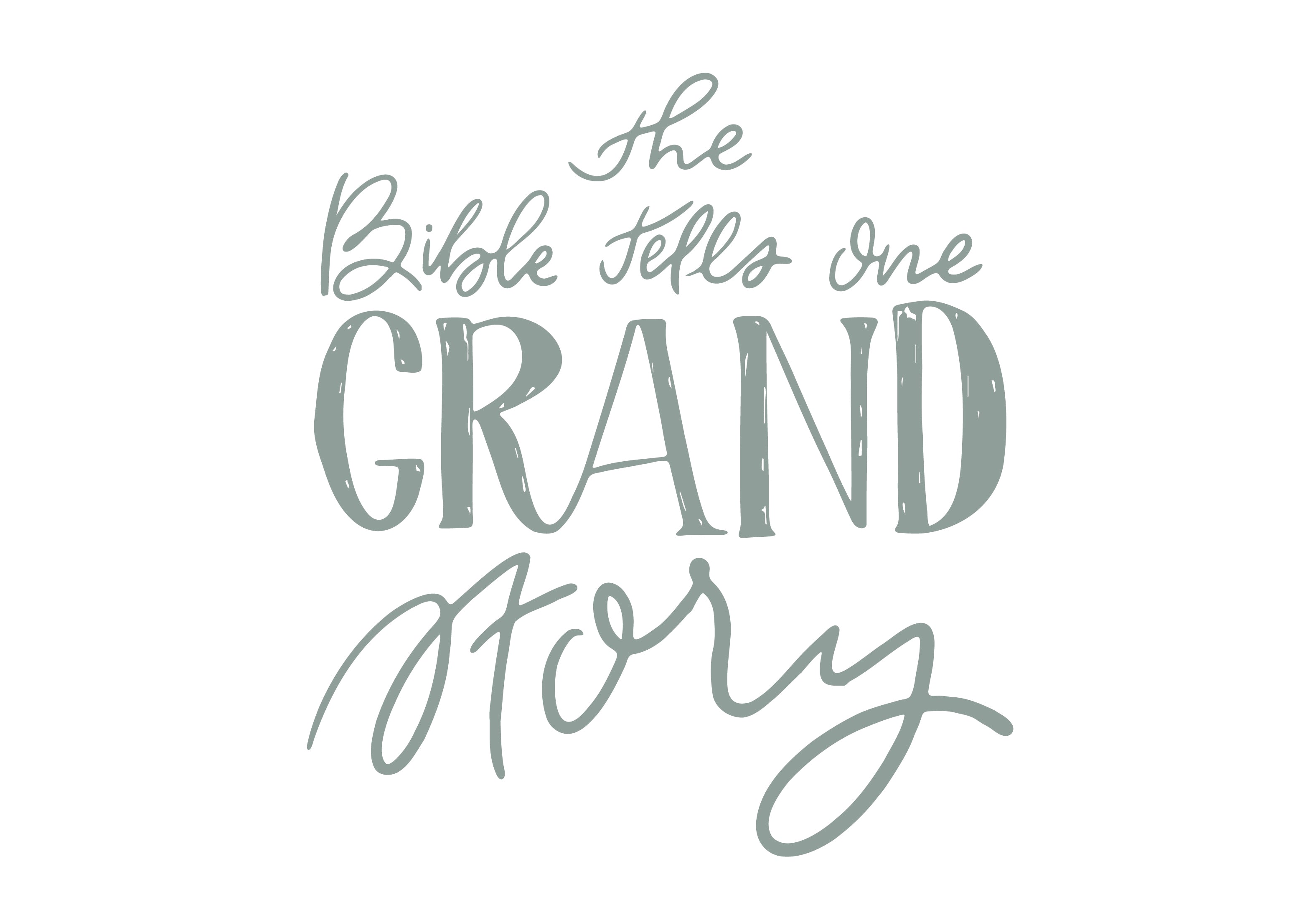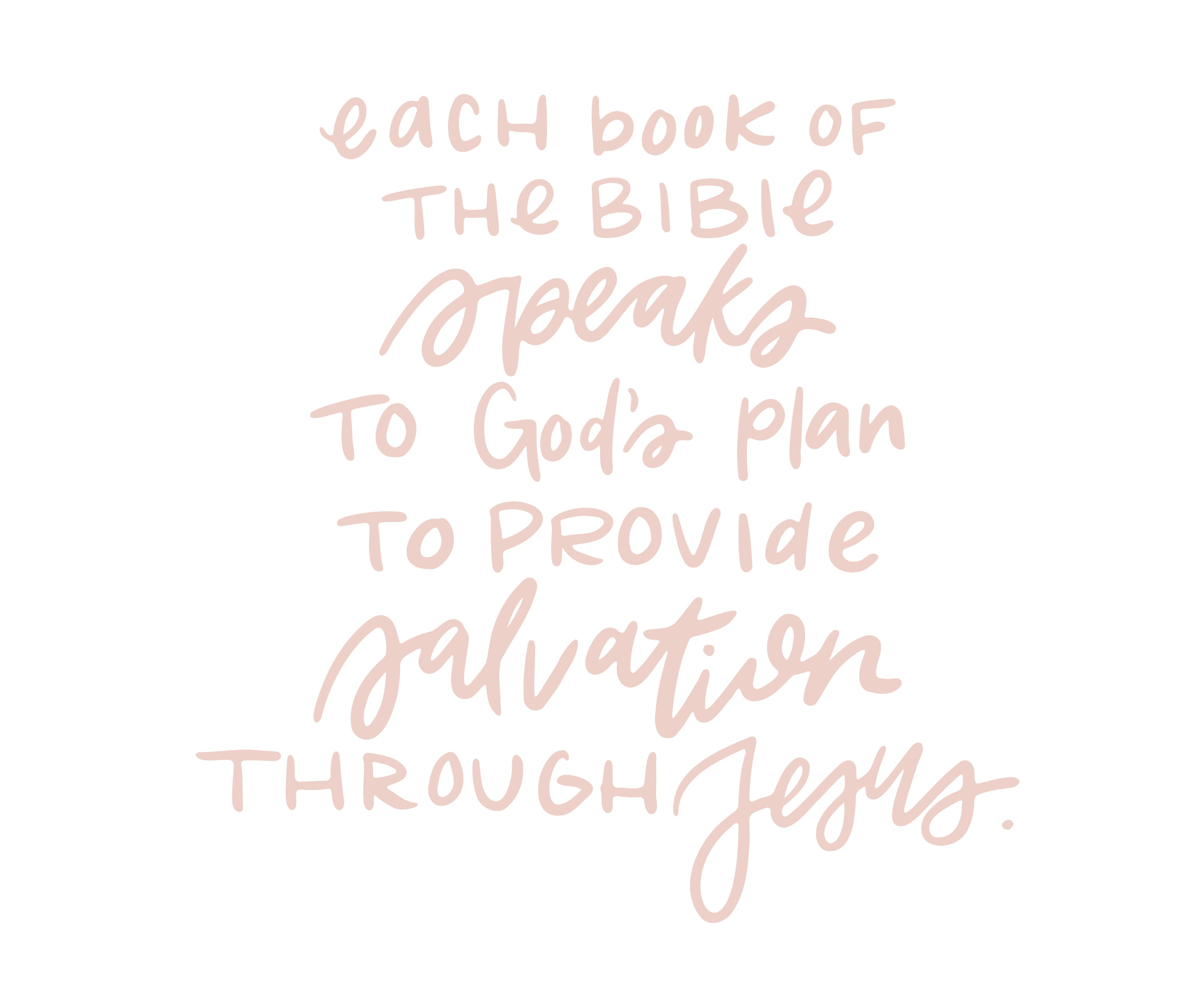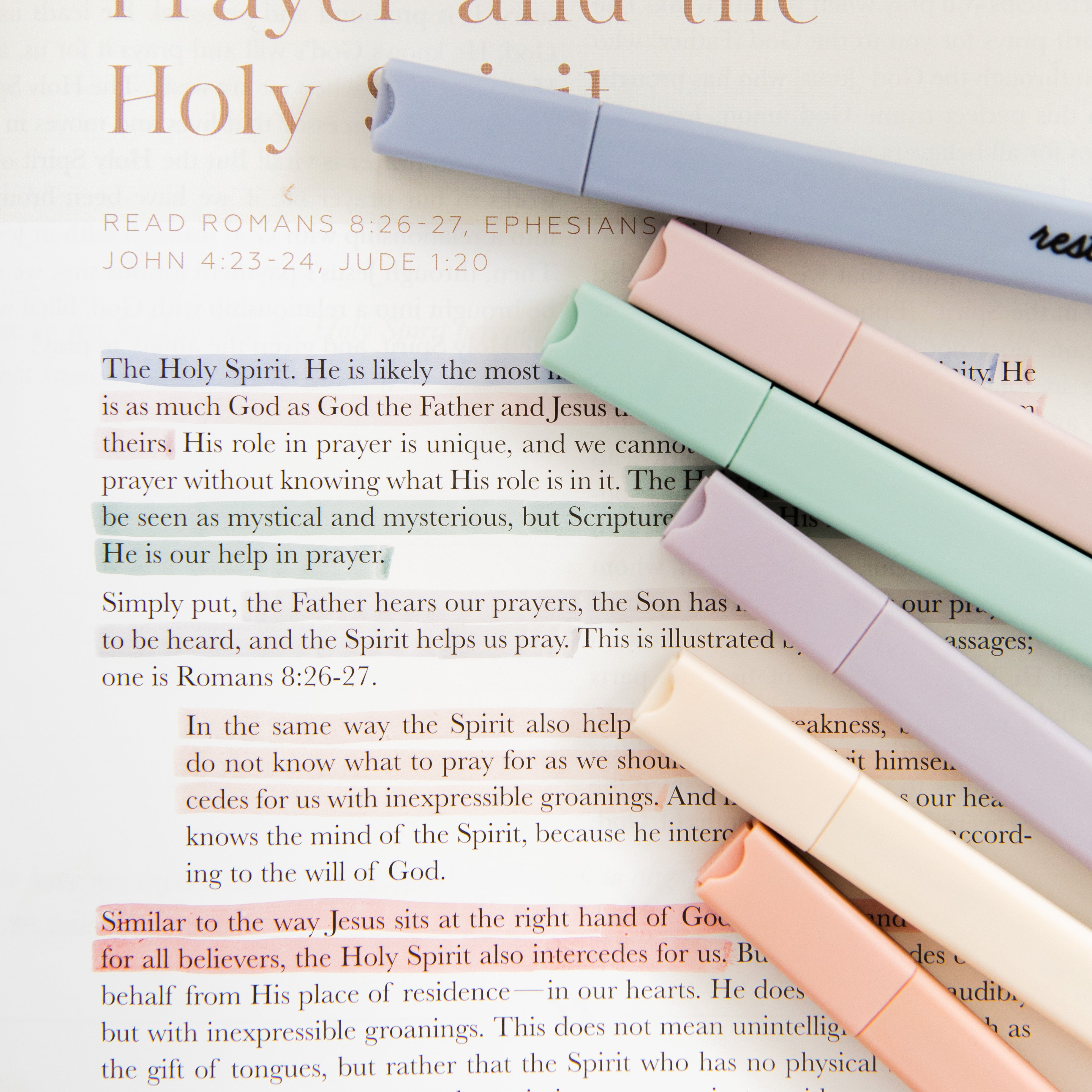Let’s be honest: it can feel intimidating to crack open the Bible. For starters, it’s huge. Plus, how are you supposed to read it? Do you have to start on page 1, or are you allowed to bounce around? If you can bounce around, where should you start?
Also, once you start reading the Bible, you might start to notice that while some parts seem relatively straightforward and easy to understand (like the Psalms or the life of Jesus as recorded in the four Gospels), other parts might feel strange, irrelevant, or downright confusing.
Is any of this resonating with you? If so, know that you’re not alone. While there are fortunately many great resources that can aid us in understanding the various parts of the Bible, it is also sometimes helpful to step back and appreciate what kind of book the Bible even is.
A Library of Books
Imagine standing in a library and looking around. From your vantage point, you can see numerous books that vary in many ways. These books are from different authors, cover a variety of topics, are written in different genres, and were produced at many different points in history.
When you look at the Bible, you are looking at something similar. While we often refer to the Bible as a “book,” it is actually a collection of books. And like the library in our example, these books were written by many different authors over the course of centuries, address many different topics, and they represent several different literary genres. This diversity is part of what makes reading the Bible both rewarding and challenging.

A United Library
Returning to our library, now imagine that all the books within your line of sight are, for all their diversity, part of a greater whole. They are united, and each has an important part to play in telling a story that is bigger than the individual books themselves.
That probably can’t be said about the books in your local library! But it can be said about the Bible. Despite being written by numerous authors, the Bible is ultimately the product of one Author, God Himself.
For example, one of those authors, Paul, writes that “All Scripture is inspired by God” (2 Timothy 3:16). Another, Peter, says “No prophecy of Scripture comes from the prophet’s own interpretation, because no prophecy ever came by the will of man; instead, men spoke from God as they were carried along by the Holy Spirit” (2 Peter 1:20–21).
Behind all the authors represented in the Bible is God, who guided these authors to communicate His message to humanity.
A United Story
Just as the Bible—with its various authors—ultimately comes from one Author, so too do its many stories ultimately tell one grand story. It’s a story that can be summarized with four words: Creation, Fall, Redemption, and Restoration.

- Creation – God created a good world and gave human beings the task of ruling over it and worshiping Him alone (Genesis 1–2).
- Fall – Humans sinned against God, and as a consequence, sin and death now mark our experience in this world. We are sinners who deserve God’s judgment (Genesis 3).
- Redemption – Out of grace and love, God pursues sinful human beings to bring them back into a peaceful relationship with Himself.
- Restoration – At the end of time, God will create a new earth that is free from sin and death, and humanity will live in peace with God forever (Revelation 21–22).
That is the basic story that the Bible tells. You might notice that I didn’t include chapters for the Redemption portion of that breakdown. That’s because the bulk of the Bible is devoted to that part of the story! After God creates the world and humanity rebels against Him (Genesis 1–3), the Bible tells us about God’s plan to rescue human beings from the consequences of sin. And at the center of that plan is Jesus Christ, who died on the cross in place of our sins, and who rose again from the dead so that those who place their faith in Him would also be raised from death to live with Him forever on a new earth.
Each book of the Bible, then, speaks to God’s plan to provide salvation through Jesus. It is a plan spoken of through historical narratives, through the laws God gave to the nation of Israel, through the Psalms and the poetry of Song of Solomon, through prophecies, and through proverbs.

Now, knowing that the Bible’s variety is ultimately centered around Jesus won’t answer all the questions we may have about the Bible! And that’s where other resources such as commentaries, studies, or handbooks can be so helpful. But simply knowing that the Bible is about Jesus ensures that our study of the Bible’s various parts starts off on the right foot.










